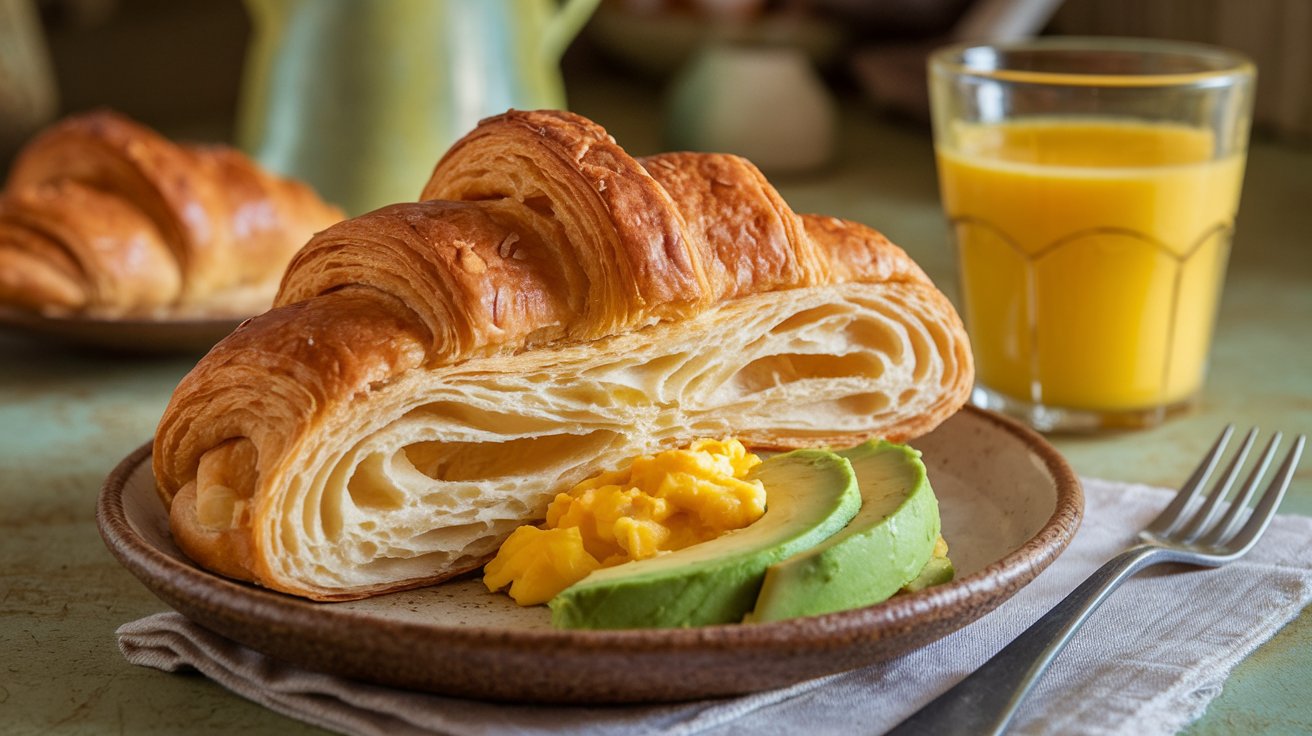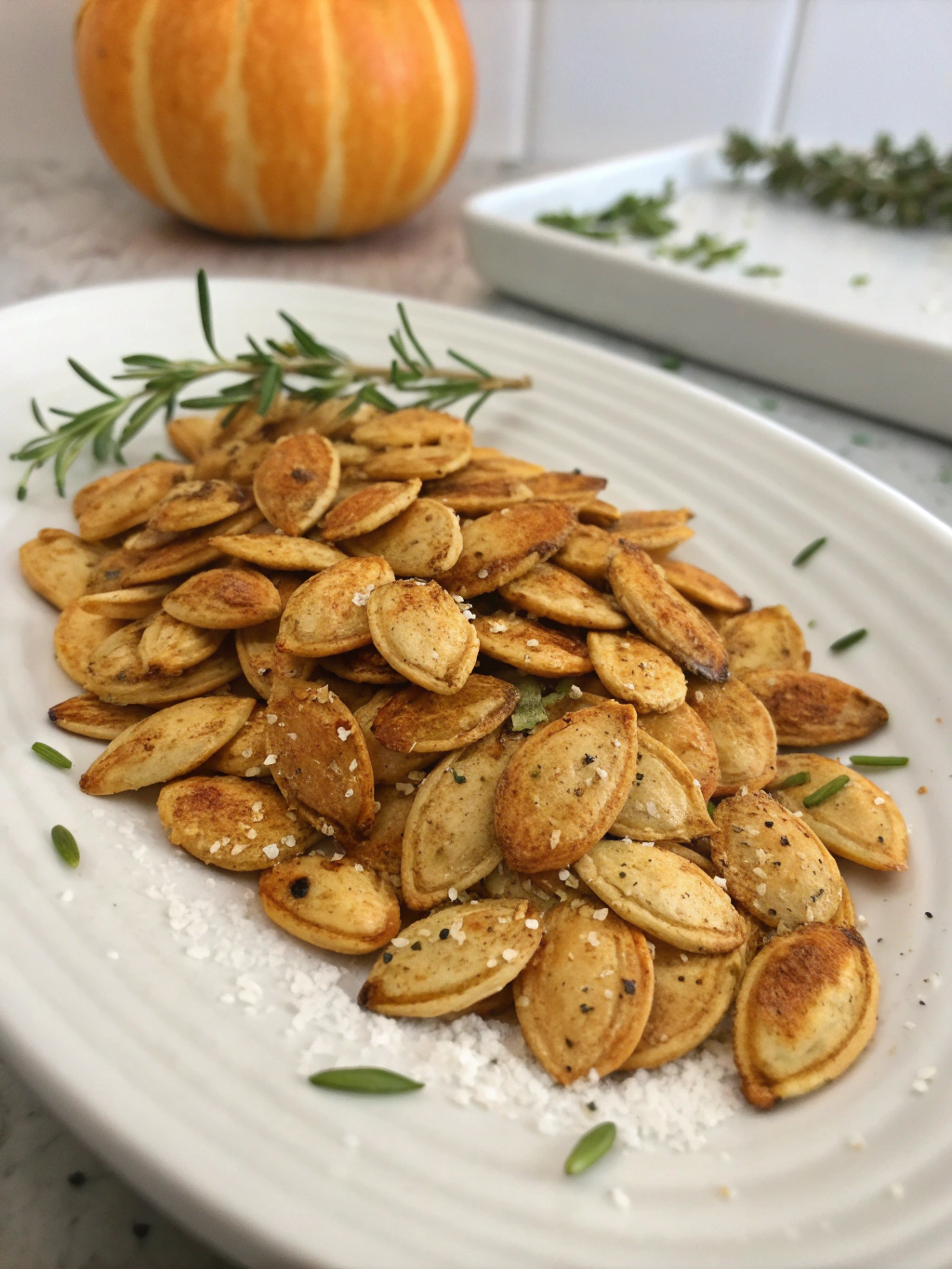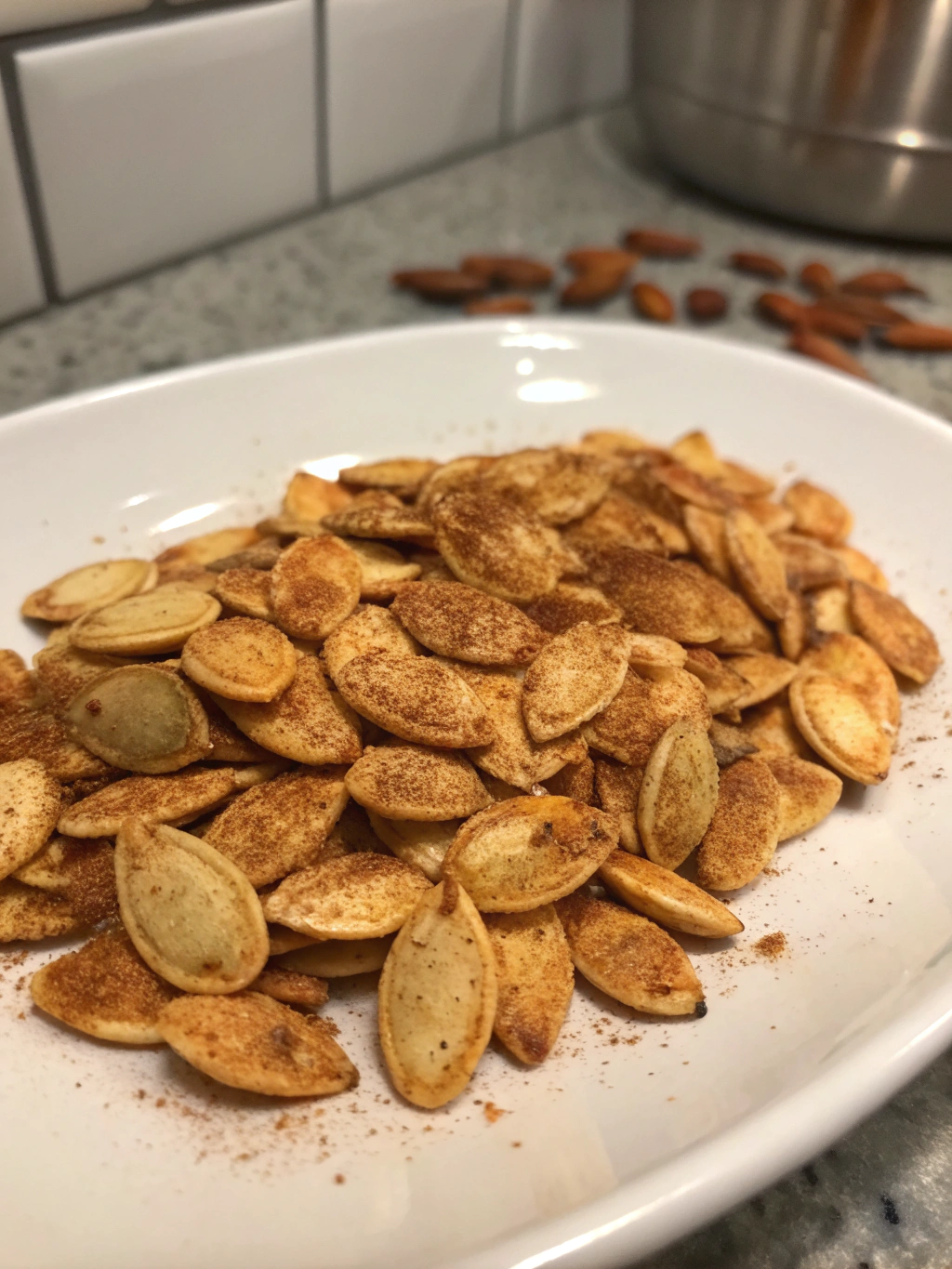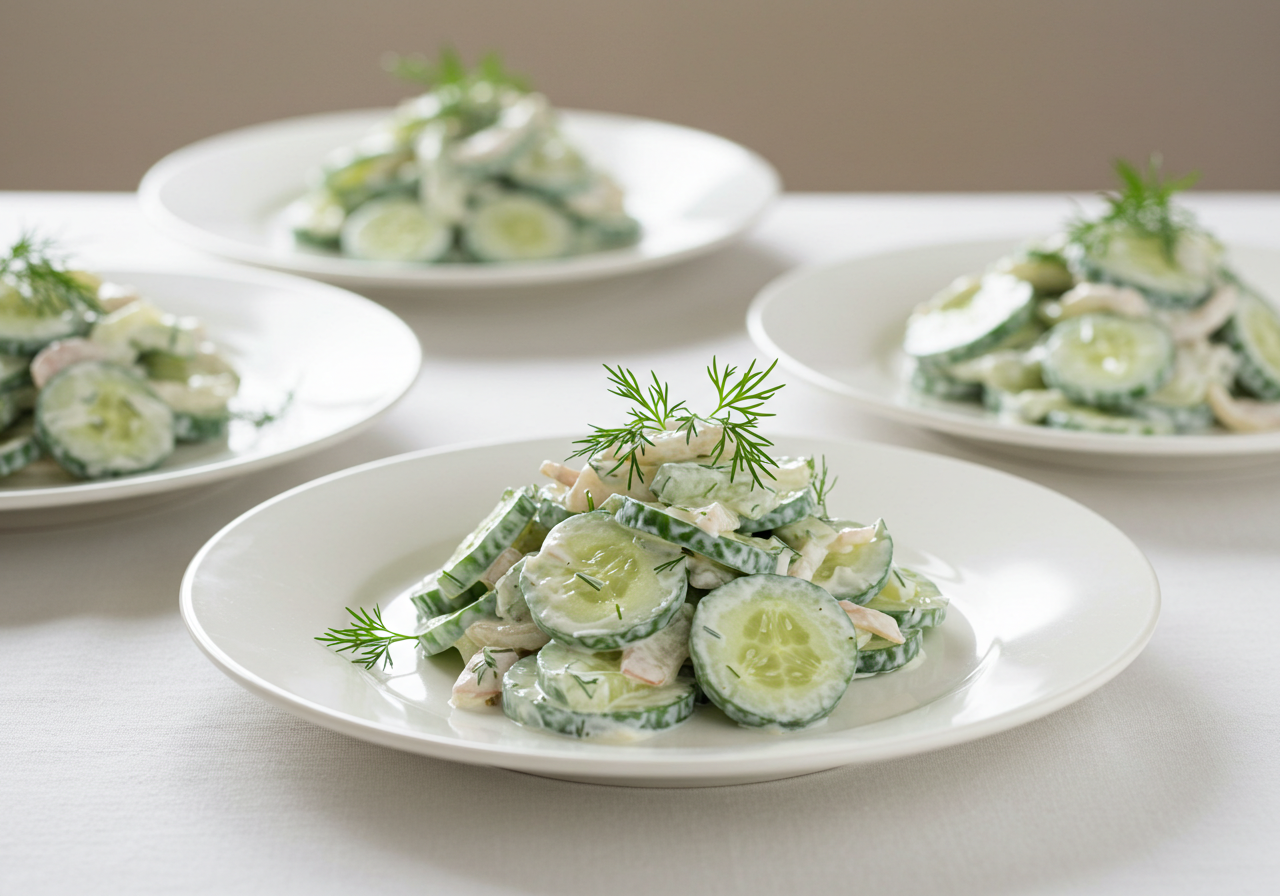Calorie Understanding the calorie content of popular foods is an essential part of managing a balanced diet and making informed food choices. With their golden, flaky crust and buttery richness, Calorie Costco croissant is a favorite indulgence for many. However, their appealing taste often raises questions about their nutritional value, especially among those mindful of their calorie intake.
In this guide, we’ll explore the calorie Costco croissant content, provide insights into their nutritional profile, and discuss why knowing this information matters. Whether you’re tracking calories for weight management or simply curious about your favorite baked treat, this guide will help you make more informed decisions.
Factors Contributing to the Calorie Count
Ingredients in Calorie Costco Croissants
Overview of Key Ingredients
- Butter: A primary source of the croissant’s rich flavor and high-fat content, contributing to a significant portion of its calories.
- Flour: Provides carbohydrates, forming the structural base of the croissant.
- Sugar: Adds slight sweetness but is not as prominent as in other pastries.
- Eggs and Milk: Contribute proteins and some fats, enhancing texture and flavor.
Impact on Calorie Content
- The high butter content is the main calorie contributor, with each tablespoon adding about 100 calories.
- Refined flour offers quick energy but lacks fiber, which might lead to quicker hunger after consumption.
Costco Croissant: Nutritional Facts and Ingredients
Calories & Macronutrients:
- A Costco croissant contains 300–330 calories.
- Fat: 15–20g (mainly from butter).
- Carbohydrates: Mostly from refined flour.
- Sugar: Lower than donuts, around 5g or less.
- Protein: Contributed by eggs and milk.
Main Ingredients:
- Butter – High-fat content, contributes to rich flavor.
- Flour – Provides carbohydrates and structure.
- Sugar – Minimal sweetness compared to other pastries.
- Eggs & Milk – Enhance texture and add some protein.
Dietary Considerations:
- High-calorie, high-fat treat – best in moderation.
- No whole-grain version available at Costco.
- Not suitable for gluten-free or vegan diets.
Preparation Method
How the Baking Process Affects Calorie Content
- Layering: Croissants are made by folding butter into dough multiple times, creating thin, flaky layers. This process increases the overall fat content and calorie density.
- Baking: The butter melts and infuses into the layers, enhancing flavor but also locking in the calories from fat.
Role of Portion Size and Layers in Calorie Calculation
- Larger croissants or those with more buttery layers will naturally have a higher calorie count.
- Portion size is a significant factor—eating half a croissant can dramatically reduce calorie intake while still enjoying its flavor.
By understanding these factors, you can appreciate the craftsmanship of Costco croissants while being mindful of their impact on your diet.
Incorporating Them into a Balanced Diet
When and How to Include Croissants in Your Meal Plan
- Occasional Treat: Reserve croissants for special occasions or as a weekend indulgence rather than a daily staple.
- Meal Timing: Have a croissant in the morning when your metabolism is more active, pairing it with protein and vegetables to balance the meal.
Suggestions for Moderation and Variety
- Alternate Days: Rotate croissants with healthier breakfast options like oatmeal or yogurt bowls to maintain variety in your diet.
- Control Your Environment: Freeze extra croissants and thaw them individually to prevent overeating.
- Combine with Physical Activity: If you enjoy a croissant, balance it with a walk or light exercise to offset the additional calories.
By practicing mindful eating, exploring alternatives, and incorporating Costco croissants strategically into your diet, you can savor this beloved pastry without compromising your nutritional goals.
The Role of Costco Croissants in Special Diets
For Weight Loss
Strategies for Incorporating Croissants Without Derailing Progress
- Portion Control: Eat half a croissant or a mini version to enjoy the flavor while reducing calorie intake.
- Pair with Protein: Add eggs or Greek yogurt to stabilize blood sugar levels and enhance satiety.
- Plan Ahead: If you have a croissant, balance it by choosing lower-calorie meals for the rest of the day.
Balancing Calorie Intake with Exercise
- Use the calorie content of a croissant as motivation for an additional 30–40 minutes of moderate exercise, such as brisk walking or cycling.
- Pair it with a post-workout snack to replenish energy without overindulging.
For High-Calorie Diets
When Costco Croissants Can Be Beneficial
- Ideal for individuals with high-calorie needs, such as athletes or those aiming to gain weight, due to their calorie density and energy-providing carbs and fats.
Pairing Them with Nutrient-Dense Foods
- Add nut butter and a banana to create a calorie-dense, nutrient-rich snack.
- Pair with a smoothie made of yogurt, fruits, and seeds for a balanced, high-calorie meal.
Dietary Restrictions
Gluten-Free and Vegan Considerations
- Gluten-Free: Costco croissants are made with wheat flour and are unsuitable for those with celiac disease or gluten intolerance. Costco may offer gluten-free bread or pastries in their specialty section as an alternative.
- Vegan: Croissants contain butter and may include milk or eggs, making them unsuitable for vegans. Look for vegan croissant options at specialty stores or online.
Are There Alternatives for Special Diets at Costco?
- Costco often carries gluten-free baked goods like bagels and bread, as well as vegan-friendly pastries or substitutes.
- Check the freezer or specialty aisles for options that cater to specific dietary restrictions, such as almond-based pastries or dairy-free spreads.

By understanding the impact of toppings and considering dietary needs, you can enjoy Costco croissants in a way that aligns with your health and lifestyle goals.
Conclusion
Costco croissants are a delicious indulgence with a rich, buttery flavor that makes them a favorite treat for many. However, their calorie content—ranging from 300 to 330 calories per serving—and high fat composition, primarily from saturated fats, warrant mindful consumption. By understanding their nutritional profile, comparing them to other pastries, and considering the impact of toppings and fillings, you can make informed choices that align with your dietary goals.
Whether you’re managing your weight, seeking high-calorie foods for energy, or navigating dietary restrictions, there are ways to include Costco croissants in your diet responsibly. Strategies like portion control, pairing them with nutrient-dense foods, and exploring healthier alternatives ensure you can enjoy these pastries without overindulgence.
In the end, food is meant to be enjoyed. By balancing indulgence with health, you can savor Costco croissants as part of a fulfilling, varied, and nutritious diet.
To provide additional value to your understanding of calories in Costco croissants, consider exploring related topics on crescent roll breakfast recipes, which share similarities in preparation and nutritional profiles. You might also find inspiration in ground beef breakfast recipes, which can complement croissants in a balanced breakfast. Additionally, discover creative ways to incorporate croissants by checking out unique recipes like sloppy joe variations, offering ideas to pair with or substitute for your favorite pastries.
Frequently Asked Questions
Are Costco croissants healthy?
Costco croissants are a delicious treat but not particularly healthy due to their high calorie, fat, and refined carbohydrate content. They are best enjoyed in moderation as an occasional indulgence. To make them part of a balanced diet, pair them with nutrient-rich foods like fruits, vegetables, or lean proteins.
Can you freeze Costco croissants?
Yes, Costco croissants freeze well and maintain their flavor and texture. To freeze, wrap them individually in plastic wrap or aluminum foil, and store them in an airtight container or freezer bag. They can be frozen for up to 2 months. To thaw, leave them at room temperature or reheat directly from frozen.
How do you reheat Costco croissants?
To reheat Costco croissants:
- Oven Method: Preheat the oven to 350°F (175°C), place the croissant on a baking sheet, and warm for 5–10 minutes until crispy.
- Microwave Method: For a softer texture, microwave on a plate for 15–20 seconds. Avoid over-microwaving to prevent sogginess.
- Toaster Oven: Use this method for a quick, evenly reheated croissant with a crispy exterior.
What are the calories in a mini Costco croissant?
Mini Costco croissants typically contain around 150–170 calories each, which is about half the calorie count of a regular croissant. They are an excellent option for portion control or for pairing with other foods as part of a balanced meal.
Are there whole-grain options for Costco croissants?
Currently, Costco does not offer whole-grain croissants. Their croissants are made with refined wheat flour for a light and flaky texture. However, Costco’s bakery section may carry other whole-grain baked goods, like bread or rolls, as healthier alternatives.








